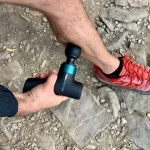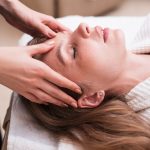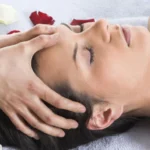Have you ever experienced a sharp, intense pain in your temples after massaging them? If so, you may be wondering why this happens and what you can do to prevent it. In this article, we’ll explore why your temples hurt when you massage them and what you can do to reduce this pain. We’ll also discuss some of the potential causes of temple pain and how to recognize them. By the end, you’ll have a better understanding of why your temples hurt when you massage them and how to address it. So let’s get started!
Table of Contents
What Are Temples?
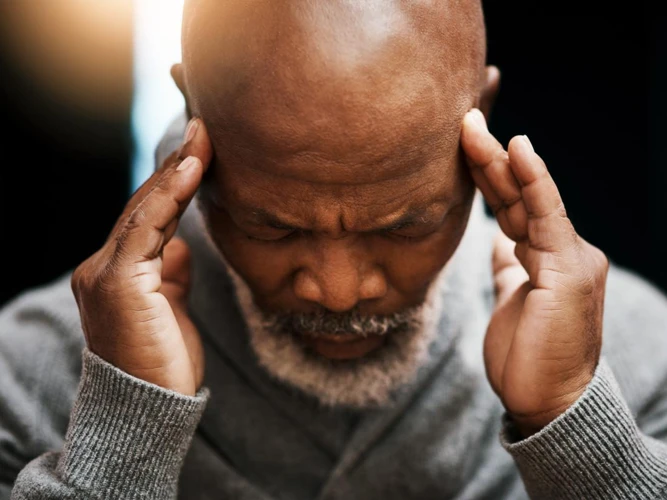
Temples are the areas located on either side of the head, just above the eyes and on the sides of the forehead. It is a sensitive area and when massaged can cause pain. The temples are made up of various muscles, ligaments, and nerves, and are connected to the head, neck, and jaw regions.
When massaging the temples, it is important to be gentle and use light or circular motions. It is also important to check in with yourself and to stop if you experience any pain. It is common to experience pain when massaging the temples, as this area is particularly sensitive. Common signs of pain when massaging the temples include aching, tenderness, and discomfort.
When massaging the temples, it can also be beneficial to use essential oils as this can reduce tension and help relax the muscles. However, it is important to be aware of any allergies or sensitivities to certain oils before using them. Additionally, it is important to take regular breaks and ensure that the pressure used is not too hard.
When massaging the temples, it is also important to be aware of any underlying conditions that could be causing the pain. If you experience pain when massaging your temples, it is recommended to visit a doctor or healthcare professional for advice. Additionally, if you experience any pain when i massage my head, it is important to immediately stop and seek medical attention.
What Causes Pain When Massaging Temples?
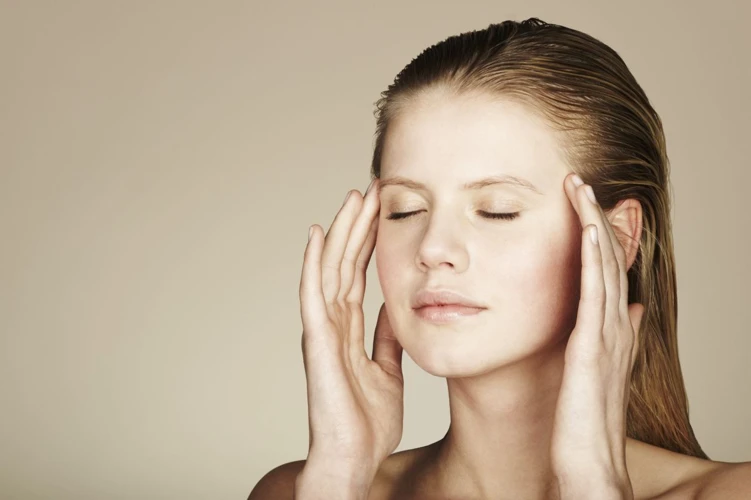
Headaches can cause pain when massaging temples due to the pressure placed on the head. Headaches can be caused by a variety of factors, such as stress, dehydration, and sinus congestion. If a person has a headache, their temples may become sensitive to pressure and massaging them can cause pain.
Migraines can also cause pain when massaging temples. Migraines are a type of headache that can involve a throbbing sensation and can be accompanied by nausea, vomiting, and other symptoms. A person with a migraine may experience pain when massaging their temples due to the sensitivity of their head.
Trigeminal neuralgia is another medical condition that can cause pain when massaging temples. This is a nerve condition that causes sharp, stabbing pain in the face and head. People with trigeminal neuralgia may experience pain when massaging their temples due to the nerve damage.
Trigger points in the muscles of the head and neck can also cause pain when massaging temples. Trigger points are areas of tightness and tenderness in the muscle tissue. When pressure is applied to these areas, pain can be felt.
Stress and tension can also cause pain when massaging temples. Stress and tension can lead to tightness and soreness in the muscles of the head and neck. This can cause pain when pressure is applied to the temples.
Muscle tension headaches are another type of headache that can cause pain when massaging temples. Muscle tension headaches are caused by tightness in the muscles of the head and neck. This can cause pain when massaging the temples due to the pressure placed on the head.
Why Does It Hurt When I Massage My Temples? Pain when massaging temples can be caused by a variety of conditions, such as headaches, migraines, trigeminal neuralgia, trigger points, stress, and muscle tension headaches. If you experience pain when massaging your temples, it is best to consult a doctor to determine the cause and find the best treatment.
Benefits of Massaging Temples
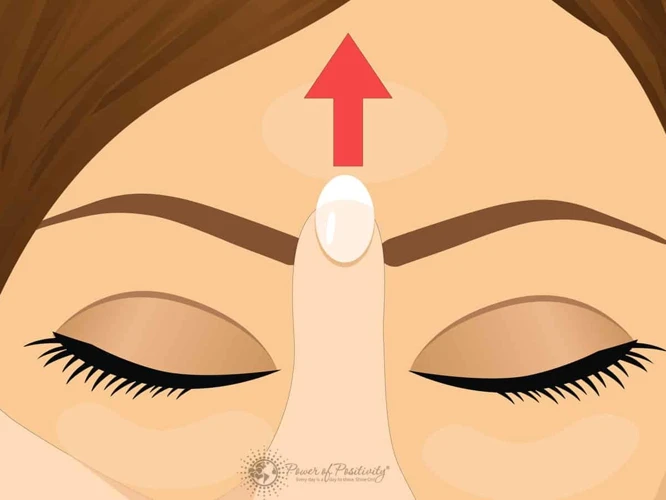
Massaging temples has long been associated with relaxation and pain relief. It is believed that massage stimulates pressure points in the head, which in turn can help to relieve stress, tension and headaches. Additionally, there are other potential benefits associated with massaging temples, including improved circulation, increased alertness, and even improved vision.
Improved Circulation: Massaging the temples can help to improve circulation in the head and neck, which can in turn lead to improved oxygenation of the brain and other organs. This can help to reduce fatigue and increase energy levels.
Increased Alertness: Massaging the temples can also help to increase alertness and focus. By stimulating the pressure points in the head, massage can help to relax the body and mind, allowing for improved concentration and focus.
Improved Vision: Massaging the temples can also help to improve vision. By stimulating the pressure points, massage can help to improve the circulation of blood to the eyes, which can in turn improve vision.
Why Does It Feel Good to Massage Temples? Massaging the temples can cause a feeling of intense relaxation and comfort due to the release of endorphins and the stimulation of pressure points. This can help to reduce stress and tension and improve overall wellbeing.
When Should You Avoid Massaging Your Temples?

- If you have a headache – Massaging your temples can cause more pain if you already have a headache. It can also aggravate the problem, so it’s best to avoid it.
- If you have a migraine – Massaging your temples may provide temporary relief for your migraine, but it can also make it worse. It’s best to avoid massaging your temples and seek professional medical help instead.
- If you have a sinus infection – Massaging your temples can cause sinus pressure to increase, and may even lead to sinus headaches. Avoid massaging your temples if you have a sinus infection.
- If you are pregnant – Massaging your temples can be dangerous for pregnant women, as it can cause contractions and even miscarriage. It’s best to avoid it altogether.
- If you have a fever – Massaging your temples may help to reduce the fever, but it can also increase the risk of infection. Avoid massaging your temples if you have a fever.
- If you have a medical condition – Massaging your temples can be dangerous if you have certain medical conditions, such as hypertension, diabetes, or heart disease. It’s best to consult your doctor before attempting to massage your temples.
How Can You Massage Your Temples Without Pain?

When massaging the temples, it is important to use light, gentle strokes. It is also important to avoid pressing too hard, as this can cause discomfort or pain. Use a circular motion to massage the temples and focus on areas that feel tender or sore. Move your fingers slowly in a clockwise direction for two minutes, then repeat in a counter-clockwise direction for two minutes.
To reduce pain, use a soothing oil or lotion to reduce friction. This will help keep the skin from becoming irritated from the massage. Additionally, using a gentle massage tool such as a jade roller or gua sha stone can help to reduce any potential discomfort.
When massaging the temples, it is important to avoid the eyes and base of the skull, as these areas are particularly sensitive and can cause pain. Additionally, it is important to not massage the temples for too long, as this can cause discomfort or tension headaches.
Finally, it is recommended to massage the temples slowly, with breaks in between as needed. This will help to reduce any pain or discomfort associated with the massage.
How to Choose a Massage Therapist
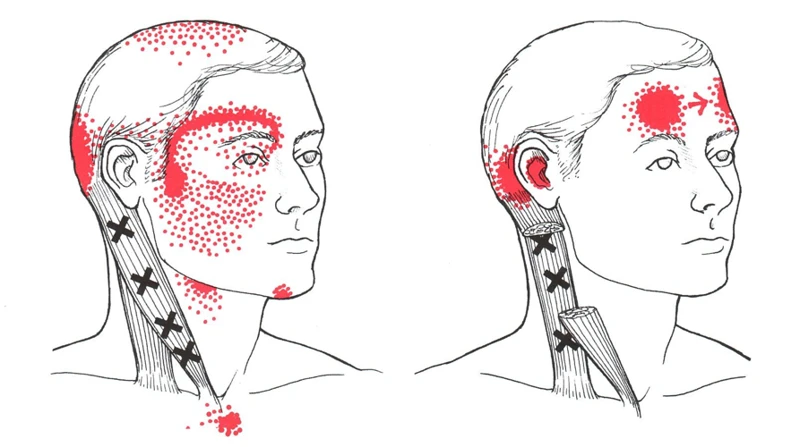
- Check Their Qualifications: A good massage therapist should have a professional certification and be registered with the relevant governing body. Ask them to provide you with proof of their qualifications.
- Know Their Specializations: Different massage therapists specialize in different techniques and massage styles. Find out what techniques your massage therapist is experienced in and make sure it’s appropriate for your needs.
- Check Their Experience: Massage therapists should have plenty of experience in the field. Ask for references or reviews from previous clients to ensure that you’ll be comfortable with the therapy.
- Research Their Prices: Prices for massage therapy vary depending on the therapist and the type of massage. Shop around to find the best price for you.
- Understand Their Policies: Make sure you understand the massage therapist’s policies before you book a session. This includes their cancellation policy, rescheduling policy, and any other important information.
- Look for Reviews: Look online for reviews of the massage therapist you’re considering. This will give you an idea of what kind of experience you can expect.
- Ask Questions: Don’t be afraid to ask questions before you book a session. Ask the therapist about their experience, qualifications, and any other questions you have.
Types of Massage for Temples

- Acupressure – This involves applying pressure to specific points on the head, usually with the fingertips.
- Reflexology – This therapeutic massage technique involves applying pressure to areas of the head that correspond to specific organs and systems in the body.
- Craniosacral Therapy – This type of massage involves applying gentle pressure to the skull, neck, and facial muscles.
- Aromatherapy – This involves using essential oils to stimulate the senses and help relieve pain.
- Shiatsu – This massage technique involves using fingers, palms, and elbows to apply pressure to specific points on the head.
Common Questions
| Questions | Answers |
|---|---|
| Why do my temples hurt when I massage them? | Massaging your temples can cause pain due to the pressure being applied to the area. This can also cause a temporary headache or migraine-like symptoms. |
| When I massage my head, it hurts. Why? | Massaging your head can cause pain due to the pressure being applied to the scalp. This can also cause a temporary headache or migraine-like symptoms. |
| Why does it hurt when I massage my temples? | Temples are sensitive areas of the head and can be sensitive to pressure. Massaging your temples with too much pressure can cause pain, as well as a temporary headache or migraine-like symptoms. |
| Why does it feel good to massage temples? | Massaging your temples can help to relieve tension, reduce headaches, and even reduce stress. It can also promote relaxation and help to improve circulation. |
Frequently Asked Questions
What Causes Pain When Massaging the Temples?
The temples are a sensitive area that can easily be irritated when massaged. Pressure applied to the temples can cause pain due to the delicate muscles, nerves, and blood vessels in the area. The pain is usually caused by pressing too hard or too quickly on the temples, which can trigger the nerve endings and cause pain. Additionally, massaging too enthusiastically can also cause the tendons and muscles in the area to become strained, resulting in pain.
Are there any medical conditions that can be aggravated by massaging the temples?
Yes. Massaging the temples can aggravate certain medical conditions, such as:
- Migraine headaches
- Temporomandibular joint disorder (TMJ)
- Arthritis of the jaw
- Infections of the ear
- Pericranial myofascial pain syndrome
In any of these cases, massaging the temples can cause pain or worsen existing pain. If you have any of these conditions, it is best to avoid massaging the temples. Consult with a medical professional if you experience any pain or discomfort.
Is there any way to reduce the pain caused by massaging the temples?
Yes, there are some ways to reduce the discomfort caused by massage to the temples:
- Apply less pressure.
- Move your fingers in a circular motion instead of a linear one.
- Use a massage oil or lotion to reduce friction.
- Use a softer massage tool such as a rubber ball or foam roller.
- Reduce the massage time and frequency.
- Apply a cold compress to the area after the massage.
It is important to remember that the pressure you apply should not cause any discomfort or pain. If it does, it is best to stop the massage immediately. Additionally, it is recommended to consult a doctor before attempting any form of massage.
Are there any alternative methods of relieving tension in the temples?
Yes, there are. Many people find that alternative therapies can help ease tension in their temples, without the pain associated with massage. Here are some alternative methods you can try:
- Acupuncture – This popular form of Chinese medicine involves the insertion of very thin needles into specific points of the body to promote healing. It can help to relieve tension in the temples.
- Aromatherapy – Aromatherapy is a type of alternative medicine that uses essential oils to promote relaxation and healing. Applying a soothing essential oil to your temples can help to relax the muscles and reduce tension.
- Yoga – Doing yoga poses can help to reduce tension in the body, including the temples. It can also help to reduce stress and improve your overall wellbeing.
- Meditation – Meditating can help to relax the body and mind, and can be beneficial for reducing tension in the temples. There are many different types of meditation that you can try.
- Chiropractic treatment – Chiropractic treatment is a type of manual therapy that can help to reduce tension and improve the alignment of the spine. This can help to relieve tension in the temples.
These are just a few of the many alternative methods you can use to help relieve tension in your temples. Be sure to speak with a healthcare professional before trying any of these methods, to ensure that they are safe for you to use.
Is there any way to tell if I am massaging my temples too hard?
The sensation of pain while massaging your temples can be a warning sign that you are pressing too hard. If you experience any sharp, intense pain, stop the massage immediately. If the massage is too gentle, you may not feel any effects. To avoid causing damage to your skin, use light pressure and circular motions. Monitor your massage for any discomfort, and adjust the intensity accordingly. If your massage causes any tenderness, redness, or swelling, stop the massage and seek medical advice.
Final Thoughts: Listen to Your Body When Massaging Your Temples
While temple massage can be a great way to relieve tension and stress, it’s important to be mindful of how your body responds. Pain after massaging your temples could stem from muscle strain, sinus pressure, stress, or underlying tension. To avoid discomfort, use gentle pressure, proper techniques, and listen to your body’s signals. If pain persists or worsens, consulting a medical professional is always the best course of action. By understanding the potential causes and practicing safe massage techniques, you can enjoy the benefits of temple massage without unnecessary discomfort.
📚 References
⚠️ Disclaimer:
This article is for informational purposes only and does not constitute medical advice. Always consult with a licensed healthcare provider or certified massage therapist before beginning any new treatment, especially if you have pre-existing health conditions or concerns.


